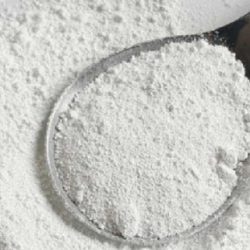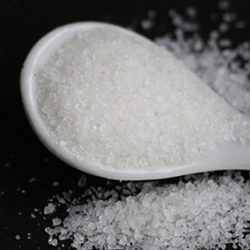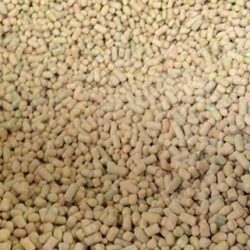Inorganic chemicals are highly effective in the recovery of ore from natural deposits, enhancing the purity of minerals and metals. These chemicals include dewatering aids, emulsifiers, flotation reagents, dust control suppressants, flotation frothers, flocculants, coagulants, and collectors. Each type of inorganic chemical can be used in various applications across different industries.
What are Inorganic Chemicals?
Every substance on earth is made of atoms, the building blocks of all materials. There are various types of atoms, each classified as an element. Atoms bond together to form molecules, which are organized assemblies of different atoms. Ninety-two elements naturally occur on earth, with about 20 elements making up over 95% of the earth’s total matter, the rest being rare. A water molecule, H2O, consists of two hydrogen atoms and one oxygen atom. When water molecules group together, they form bodies of water. Atoms bond based on their positive and negative charges, through molecular bonds driven by the presence of protons (positive charges) or electrons (negative charges). Substances lacking carbon-hydrogen bonds are considered inorganic, and most compounds in the world are inorganic by nature. Each inorganic substance has a specific ratio of molecules in its structure.
Properties of Inorganic Chemicals
Each mineral has a unique arrangement of elements in its intrinsic structure. This atomic arrangement determines the type of mineral. All minerals have a chemical formula, which is an analysis of the types and amounts of elements present in a mineral. Each element has a one or two-letter abbreviation. The chemical formula for the mineral hematite is Fe2O3. The letters describe the type of element (Fe = iron, O = oxygen) and the numbers indicate the quantity of those atoms in each molecule. A molecule of hematite has 2 iron atoms (Fe) and 3 oxygen atoms (O).
These chemicals must be in a solid state. Having a crystalline structure is another characteristic of these substances. A crystalline structure means an orderly and repetitive arrangement of atoms. Additionally, these substances must be naturally formed and not man-made. For example, diamonds are considered minerals that form within the earth and are identified in laboratories.
In general, the characteristics of these substances include:
- Very high melting and boiling points
- Solubility in water
- High ability to form crystals
Types of Inorganic Chemicals
Below are various types of these chemicals:
Coagulants and Flocculants
Companies purchase these chemicals to improve overall performance by adjusting the charge and molecular weight to the properties of mineral slurries. Flocculants and coagulants are designed to reduce the overall cost of mineral processing applications.
Dewatering Aids
Dewatering chemicals are used in mining operations to dewater mineral concentrates and solids. Industries buy these chemicals to reduce moisture during the filtration of mineral slurries like zinc oxide, iron, lead, and copper ores, thereby reducing handling and fuel costs.
Heat Transfer Fluids
Heat transfer fluids, also known as heat exchangers, are used to transfer heat between two or more fluids in both heating and cooling processes. Companies purchase these chemicals for use in a wide range of mining equipment, improving the efficiency of condensation, heating, and cooling processes.
Dispersants
Dispersants are effective antiscalants bought by manufacturers for their rheological and effective dispersion properties. They are used in the processing of kaolin and gold, preventing slurry deposition of barium sulfate, calcium sulfate, strontium sulfate, and calcium carbonate in industrial systems.
Collectors
Collectors are widely used inorganic chemicals for the flotation of sulfide minerals like iron, nickel, copper, zinc, lead, and gold, helping to provide higher metallurgical performance.
Thickeners
These polymers are used in a range of industrial processes, primarily for solid-liquid separation in municipal and industrial wastewater sections. Polyacrylamide is water-absorbent and forms a soft gel upon hydration.
Dust Suppressants
Dust control suppressants are chemicals purchased by companies as dust control agents and soil stabilizers. These chemicals act as dust suppressants during the transport of dry extracted materials under windy conditions.
Conclusion
You can purchase inorganic chemicals online. Obtain a list of the best inorganic chemicals from reputable suppliers and manufacturers. Suppliers offer emulsifiers, dewatering agents, dust control inhibitors, flotation reagents, flocculants, dispersants, collectors, coagulants, ethyl hexanol, antiscalants, and more.







